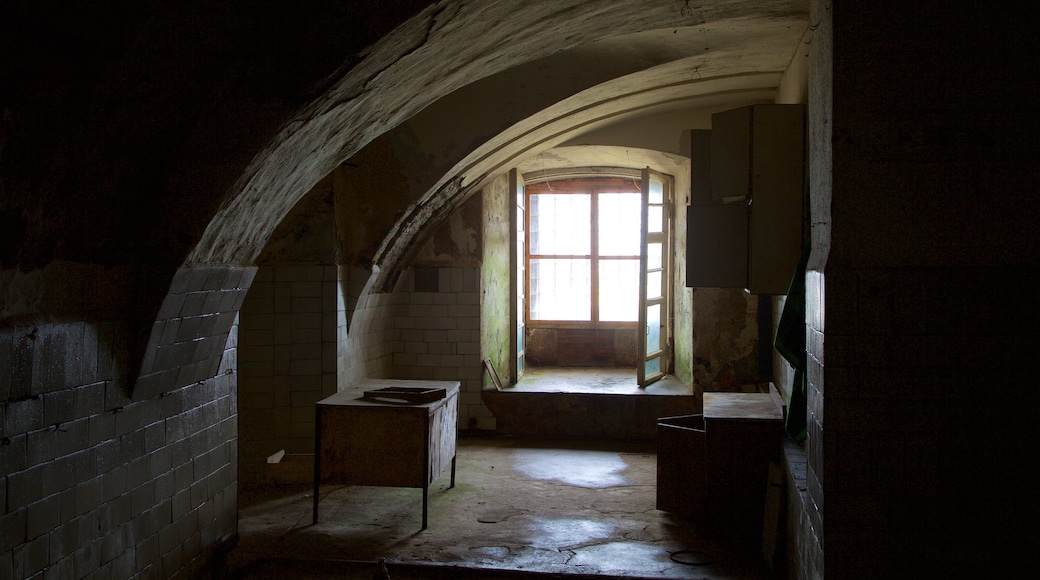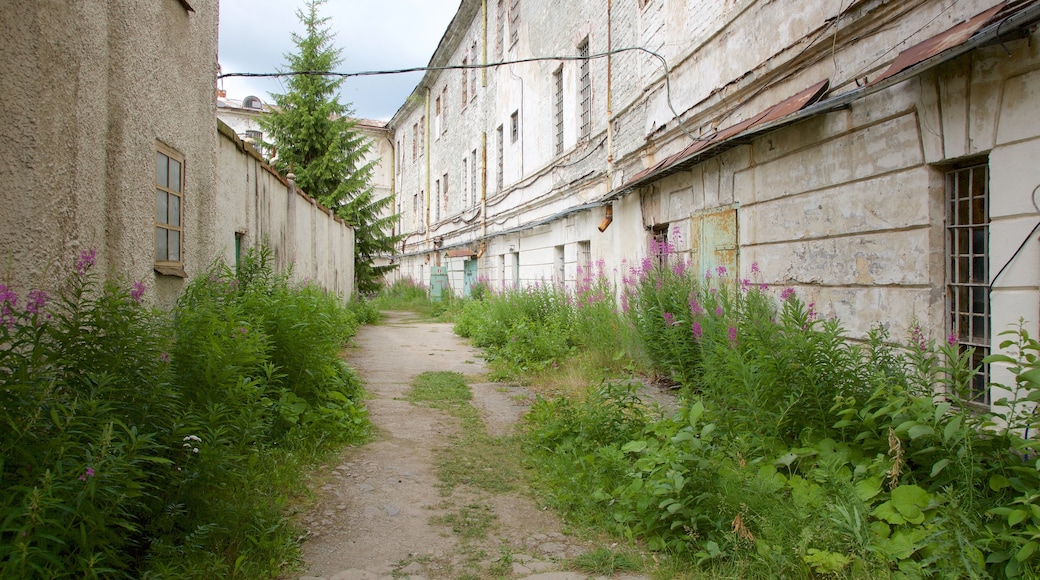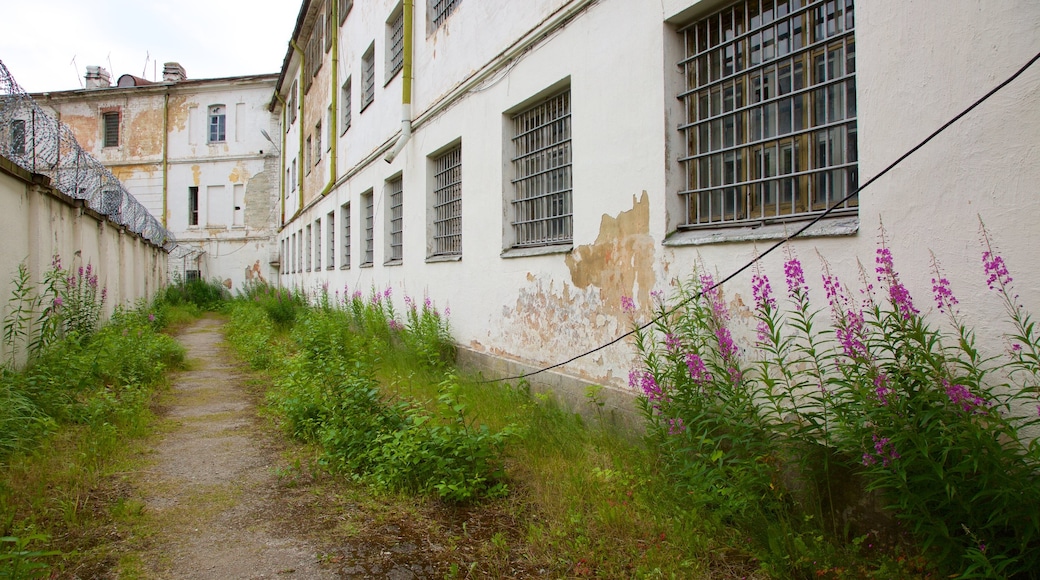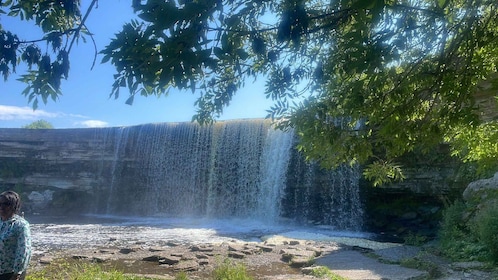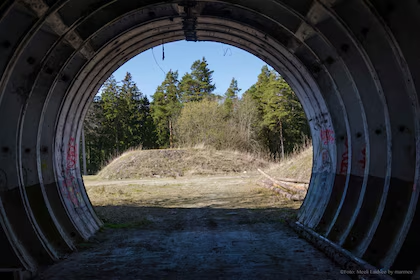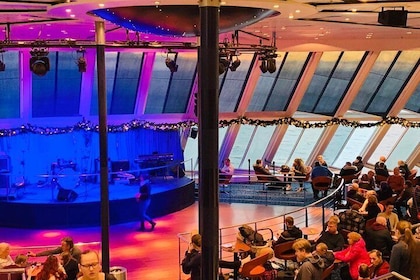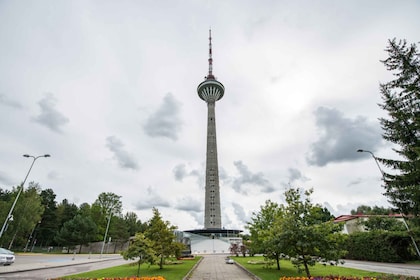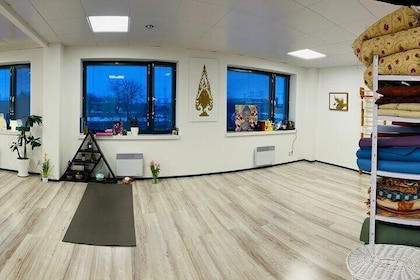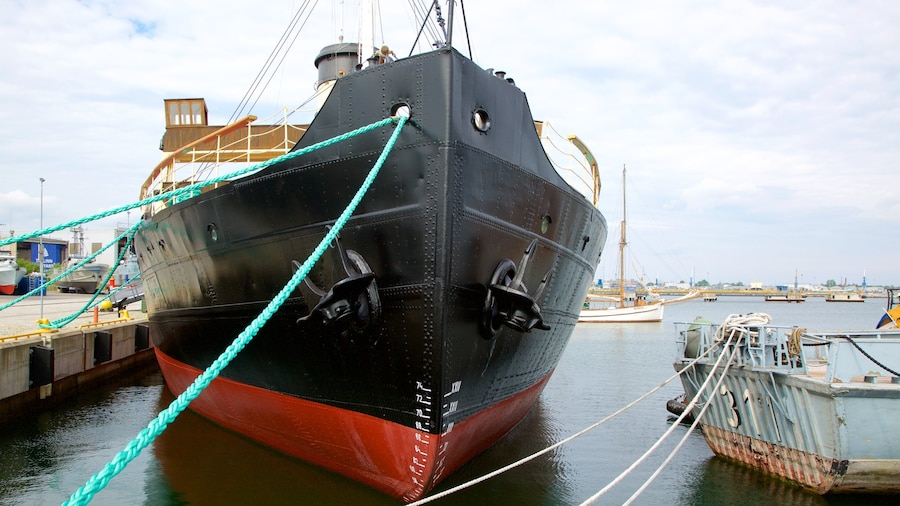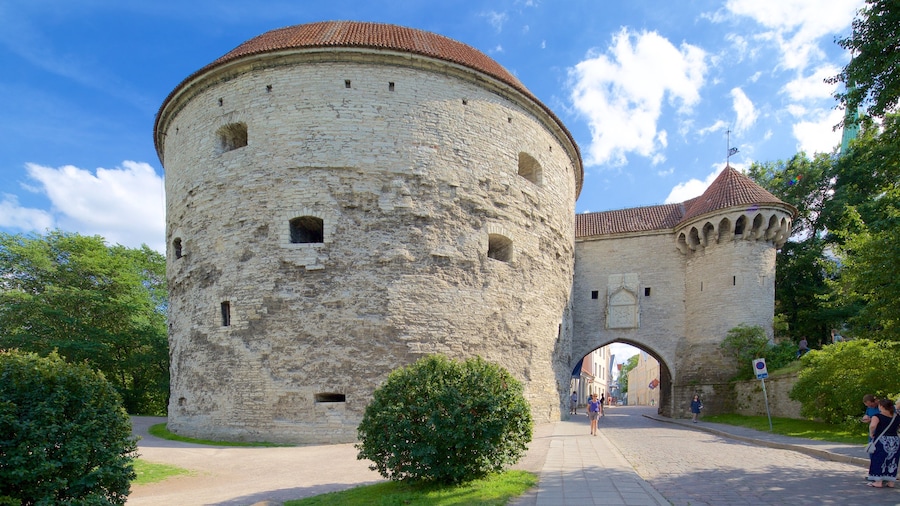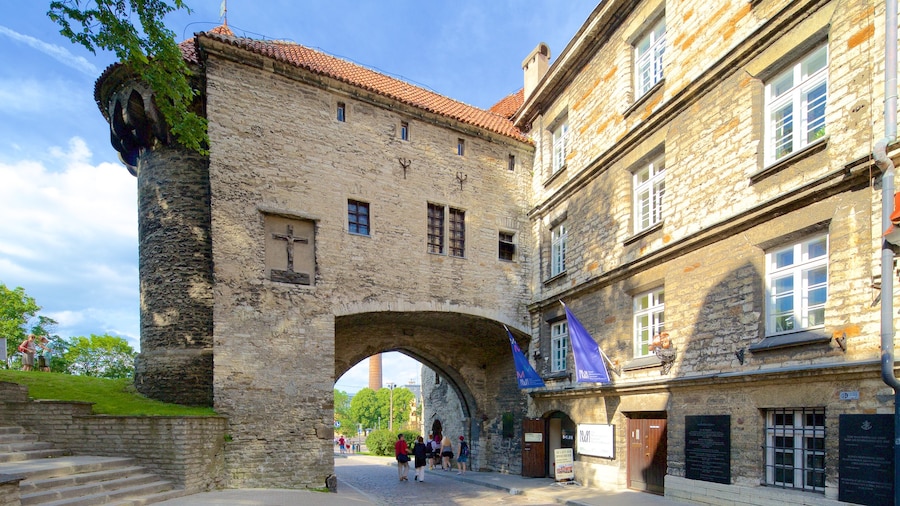The Patarei Sea Fortress Prison is a state-owned complex that served as a prison for many decades. Although the prison complex is closed off to the public, visitors can stroll along Beeta promenade to enjoy unobstructed views of the deserted prison.
Patarei was originally built as a fortress beginning in 1828 under orders from the then Russian Tsar Nicholas I. The large complex was used as a battery and as barracks, before being converted into a prison, a role it fulfilled from 1920 all the way through until 2004 when it was finally closed.
Up until 2016, the vacant prison served as a kind of de facto museum, with tourists coming to explore the neglected corridors and deteriorating facilities. They could wander around the darkened graffiti-covered corridors of the complex at will, seeing everything from prison cells with walls adorned with images of popstars to administrative offices, the prison hospital and a library still stocked with books. The complex also has its own hanging room.
Although you can no longer enter the building, it is still possible to see the prison from the outside. To do so, take a stroll along the 1.2-mile (2-kilometer) long Beeta promenade, which connects Kalasadam to Noblessner harbour.
While peering at the hulking fortress from afar, ponder the grim history that most likely unfolded here. During Soviet times, the prison would have hosted Capitalist conspirators and other enemies of the state, whose treatment here would not have been kind. Now, it stands as a haunting memorial to the victims of the Nazi and Soviet regimes as well as a symbol of the resistance against these corrupt powers.
Find the Patarei Sea Fortress Prison along the Baltic coast, just outside of Tallinn. Although it is only a 10-minute drive from the Old Town, the site feels a million miles away. Consider combining a trip to the fortress with a visit to the nearby Lennusadam Seaplane Harbour, the exhibits of which are part of the Estonian Maritime Museum.
